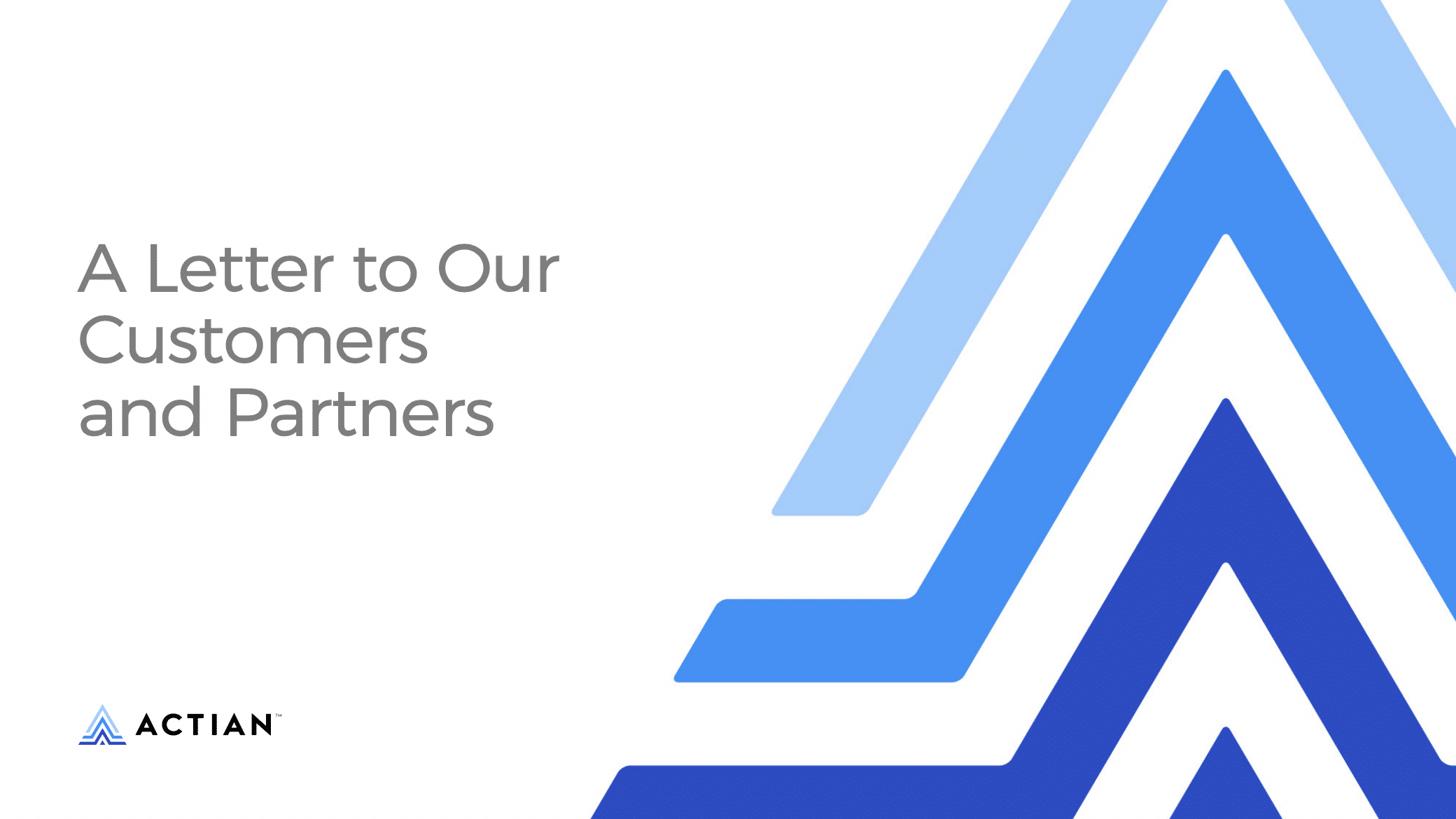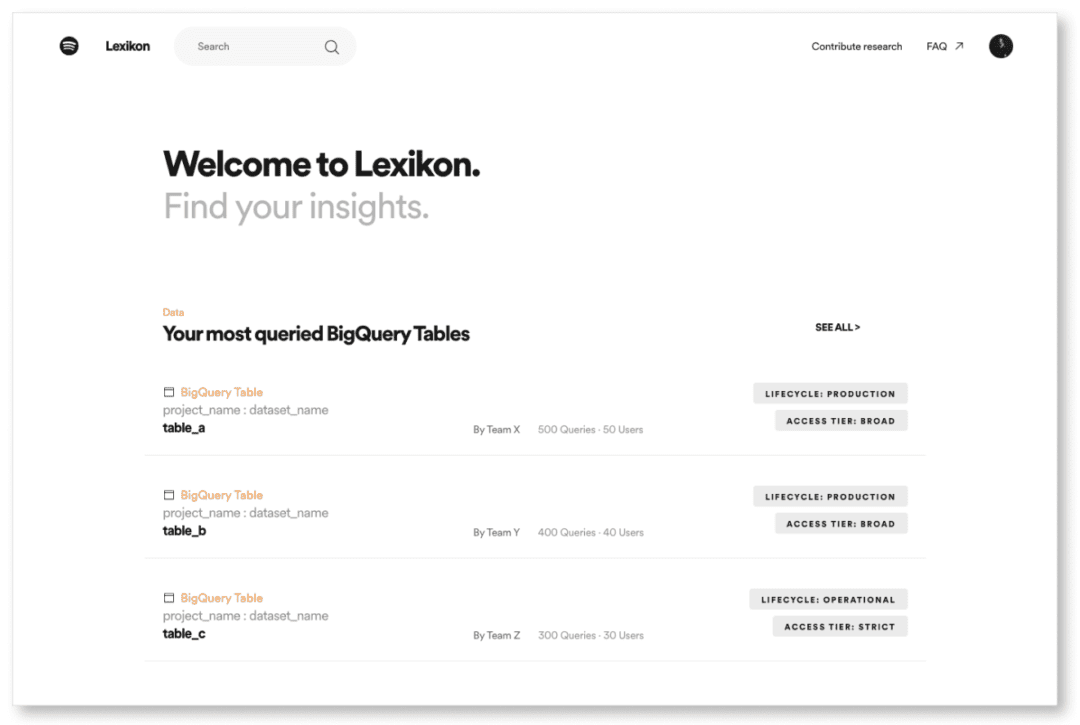How You’re Going to Fail Your Data Catalog Project (or Not…)
Actian Corporation
March 25, 2020

Many solutions on the data catalog market offer an overview of all enterprise data, all thanks to the efforts conducted by data teams.
However, after a short period of use, due to the approaches undertaken by enterprises and the solutions that were chosen, data catalog projects often fall into disuse.
Here are some of the things that can make a data catalog project fail…or not:
Your Objectives Were Not Defined
Many data catalog projects are launched using a Big Bang approach to document assets, but without truly knowing their objectives.
Fear not! In order to avoid bad project implementation, we advocate a model based on iteration and value generation. Conversely, this approach allows for better risk control and the possibility of a faster return on investment.
The first effects should be observable at the end of each iteration. In other words, the objective must be set to produce concrete value for the company, especially for your data users.
For example, if your goal is data compliance, start documentation focused on these properties and target a particular domain, geographic area, business unit, or business process.
Your Troop’s Motivation Will Wear Off Over Time
While it is possible to gain adherence and support regarding your company’s data inventory efforts in its early stages, it is impossible to maintain this support and commitment over time without automation capabilities.
We believe that descriptive documentation work should be kept to a minimum to keep your teams motivated. The implementation of a data catalog must be a progressive project and will only last if the effort required by each individual is greater than the value they will get in the near future.
You Won’t Have the Critical Mass of Information Needed
For a data catalog to bring value to your organization, it must be richly populated.
In other words, when a user searches for information in a data catalog, they must be able to find it for the most part.
At the start of your data catalog implementation project, the chances that the information requested by a user is not available are quite high.
However, this transition period should be as short as possible so that your users can quickly see the value generated by the data catalog. By choosing a tactical solution, based on its technology and connectivity to information sources, a pre-filled data catalog will be available as soon as it is implemented.
Does Not Reflect Your Operational Reality
In addition to these challenges, data catalogs must have a set of automated features that are useful and effective over time. Surprisingly, many solutions do not have offer these minimum requirements for a viable project, and are unfortunately destined for a slow and painful death.
Connecting data catalogs to your sources will ensure that your data consumers:
- Reliability as to the information made available in the data catalog for analysis and use in their projects.
- Fresh information: Are they up to date, in real time?
Subscribe to the Actian Blog
Subscribe to Actian’s blog to get data insights delivered right to you.
- Stay in the know – Get the latest in data analytics pushed directly to your inbox.
- Never miss a post – You’ll receive automatic email updates to let you know when new posts are live.
- It’s all up to you – Change your delivery preferences to suit your needs.
Subscribe
(i.e. sales@..., support@...)








